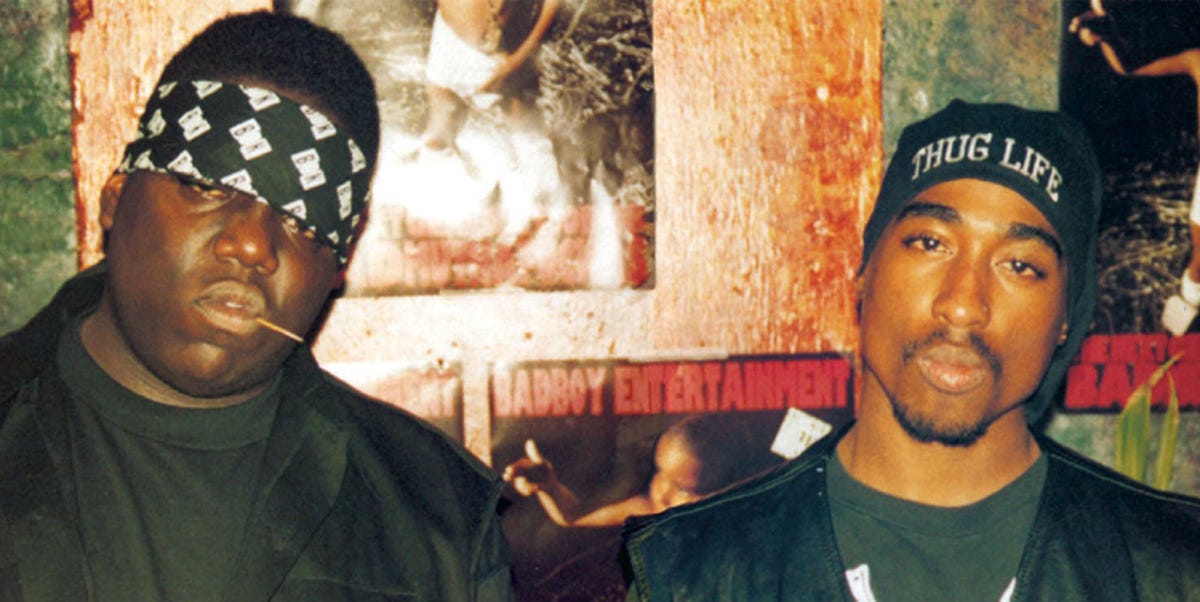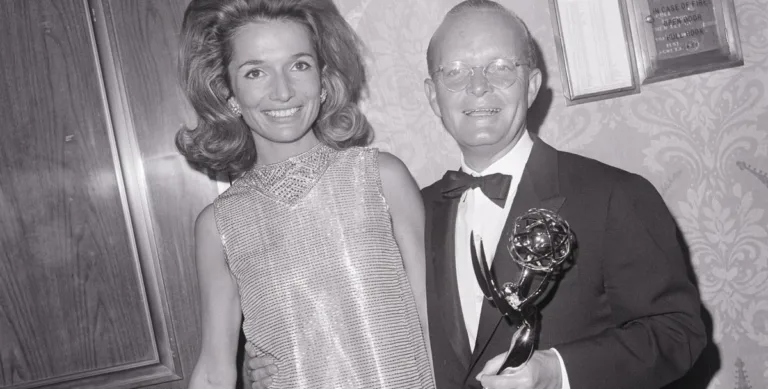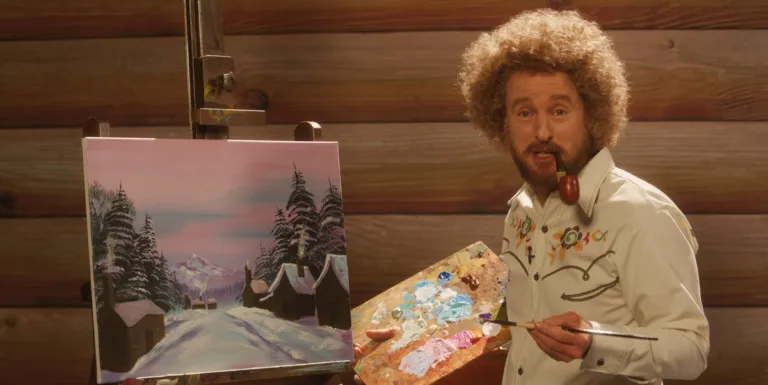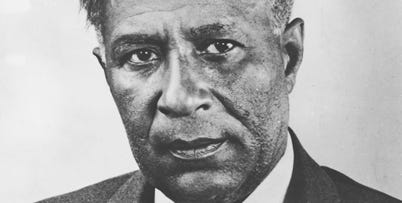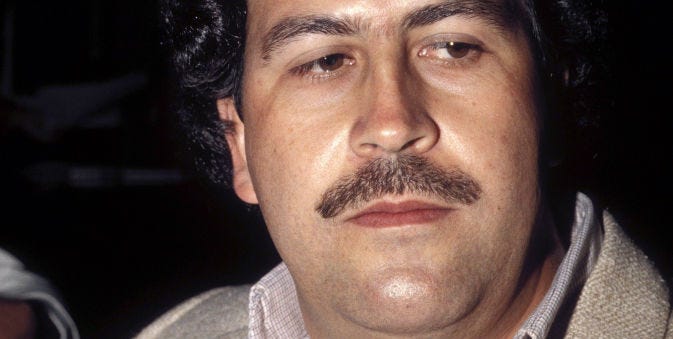The world of hip-hop was forever changed by the explosive talents of two iconic figures: Tupac Shakur and Biggie Smalls. These artists weren’T Just Rappers; they were poets, storytellers, and cultural icons who captured the realities and aspirations of a generation. Both hailing from different corners of the music scene – Tupac representing The West Coast and Biggie the East Coast – Their Rivalry Transcended Geographical Boundaries, becoming a defining chapter in hip-Hop History.
Initially, though, there was a sense of camaraderie Between Them. They respected each other’s skills, collaborated on projects, and even shared personal moments, like when Biggie crashed at Tupac’s place in California. This early friendship hinted at a potential for unity within the often-divided hip-Hop Landscape. However, the tides turned dramatically after a fateful shooting incident involving Tupac in 1994.
Suspicions arose, and the seeds of animosity were sown. The East Coast-west Coast rivalry intensified, fueled by media hype and public Pronouncements From Both Camps. Tupac and Biggie, Once Friends, found themselves locked in a bitter feud, exchanging diss tracks that resonated with fans and further polarized the hip-Hop World. Their tragic deaths within a year of each other only solidified their legacies as complex figures forever intertwined by a story of friendship turned rivalry, leaving behind a legacy of both brilliance and heartbreak.
Early Friendship and Collaboration
Despite representing different hip-Hop Scenes – Tupac from The West Coast and Biggie from The East Coast – there was genuine warmth between these two artists early on. They saw each other’s talent and respected each other’s craft. It wasn’T Just About Music; they shared a common understanding of the struggles and triumphs faced by young Black people in America, which formed a powerful bond.
This mutual admiration led to collaborations that showcased their individual strengths while Blending Seamlessly. Their joint work resonated with fans on both coasts, proving that hip-hop could transcend geographical boundaries when driven by genuine creative synergy. It was a testament to the power of music to bridge divides and foster connections.
 Jackson Blanket: Who Is Blanket Jacksons Mother?
Jackson Blanket: Who Is Blanket Jacksons Mother?One particularly heartwarming anecdote highlights their camaraderie: Biggie even crashed at Tupac’s place in California during one visit. This simple act speaks volumes about Their Growing Friendship, showcasing a level of trust and comfort that transcended the pressures of fame and rivalry. It was a reminder that beneath the complex world of hip-hop, there existed genuine human connection and Shared Experiences.
The Turning Point: Tupac’s Shooting
The year 1994 marked a turning point in the relationship between Tupac And Biggie. Tupac was shot multiple times in a seemingly random attack in New York City. The incident left him physically wounded and emotionally scarred. While the perpetrators were never definitively identified, suspicion fell on Biggie and his associates due to their involvement in The East Coast hip-Hop Scene.
This shooting shattered the fragile peace that had existed between them. Tupac began to harbor resentment towards Biggie, believing he may have been involved or at least aware of the Plot Against Him. This mistrust created a chasm between them, poisoning what was once a genuine friendship. The seeds of animosity were sown, and the hip-hop world braced itself for a Potentially Explosive Conflict.
The shooting served as a catalyst for the escalating East Coast-West Coast rivalry. Tupac’s move to Death Row Records, a label known for its aggressive stance against The East Coast, Further Intensified Tensions. The once collaborative spirit between these two giants was replaced by a bitter feud that would ultimately consume Them Both.
Escalating Rivalry and Diss Tracks
With the foundation of their friendship shattered, Tupac And Biggie found themselves locked in a bitter rivalry that played out on both sides of the microphone. The once-Mutual Respect Had Evaporated, replaced by public diss tracks aimed at each other’s careers and personal lives. These lyrical attacks fueled The East Coast-west Coast feud, captivating fans and igniting heated debates across radio airwaves and music forums.
Each side sought to prove their dominance through complex rhyme schemes and cutting lyrics that exposed vulnerabilities and Fueled Animosity. Tupac, with his fiery passion and politically Charged Themes, painted Biggie as a sellout and pawn of the East Coast establishment. Biggie, known for his smooth flow and street-Wise Narratives, countered by questioning Tupac’s sincerity and highlighting his controversial persona.
The public was engrossed in this Lyrical Battle, eagerly dissecting every line and taking sides. The media capitalized on the drama, amplifying the conflict and turning it into a national sensation. This escalation of animosity painted a dark picture for the future of hip-hop, showcasing the destructive power of rivalry when fueled by personal grudges and External Pressures.
Death Row Records and The East Coast-west Coast Divide
Tupac’s signing with Death Row Records in 1995 significantly intensified the already simmering East Coast-West Coast rivalry. Death Row was a label known for its aggressive stance and its willingness to engage in public feuds. This move solidified Tupac’s position as a West Coast icon and further alienated him from Biggie and his East Coast associates.
The media quickly seized on this development, painting the situation as a battle between two opposing forces vying for hip-Hop Dominance. Every interview, Every Song Release, every public appearance became a potential flashpoint in this escalating conflict. The lines between reality and hype blurred, with fans and critics alike caught up in the drama unfolding before Their Eyes.
This heightened tension created a climate of fear and mistrust within the hip-Hop Community. Collaborations dwindled, Friendships Fractured, and the focus shifted from artistic expression to proving dominance through aggressive posturing and lyrical attacks. The East Coast-west Coast divide became a defining characteristic of the era, casting a shadow over an otherwise vibrant and innovative period in music history.
A Legacy of Unresolved Conflict
The tragic murders of both Tupac And Biggie within a year of each other in the late 1990s brought an abrupt and devastating end To Their Rivalry. The circumstances surrounding their deaths remain shrouded in mystery and speculation, fueling conspiracy theories that continue to Circulate Today. Despite countless investigations and public appeals for information, No Definitive Answers Have Emerged, leaving fans and critics alike grappling with unanswered questions.
The unresolved nature of their deaths only serves to amplify the tragedy of their story. Tupac and Biggie, two immensely talented artists who once shared a bond of respect and camaraderie, became entangled in a conflict that Consumed Them Both. Their legacies are forever intertwined, not just through their music but also through the enduring mystery surrounding Their Untimely Demise.
The impact of their rivalry resonated far beyond the realm of hip-hop. It served as a cautionary tale about the dangers of unchecked ambition, the corrosive power of fame, and the devastating consequences that can Arise From Unresolved Conflicts. Their story continues to be studied and debated, reminding us of the fragility of life and the enduring legacy of Talent Cut Short.

